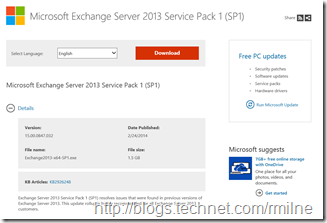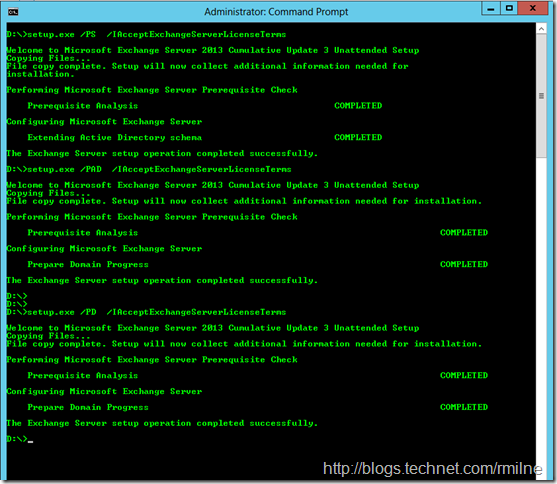Exchange 2013 SP1 Architecture Poster
In the smelly MEC 2014 man purse, there was a shiny Exchange 2103 SP1 architecture poster. The MEC attendees were the first ones to get the update to the older Exchange 2013 RTM poster, which is now published for everyone!
I created a deep zoom of the poster so that it is easy to scroll around on phones and tablet devices. Click the![]() toggle button at the bottom right hand… Read the rest “Exchange 2013 SP1 Architecture Poster”
toggle button at the bottom right hand… Read the rest “Exchange 2013 SP1 Architecture Poster”




